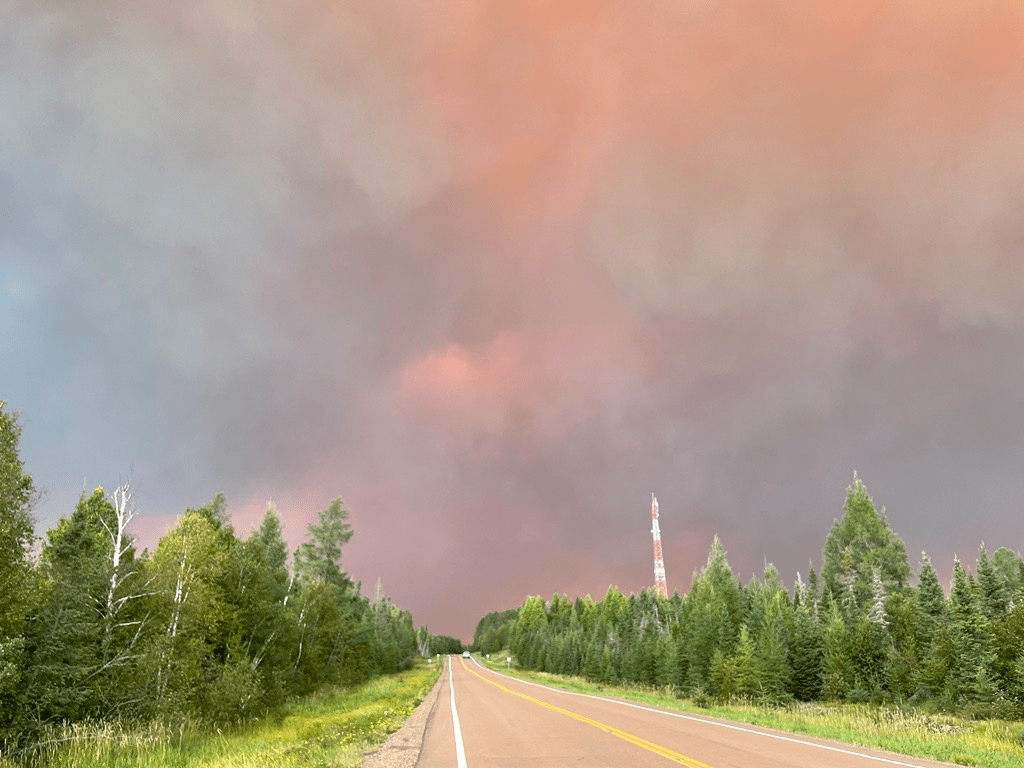Crews working to assess damage from Greenwood Fire that moved like a ‘freight train’

Northeastern Minnesota's Greenwood Fire has nearly doubled in size and continues to grow.
Superior National Forest
Go Deeper.
Create an account or log in to save stories.
Like this?
Thanks for liking this story! We have added it to a list of your favorite stories.


